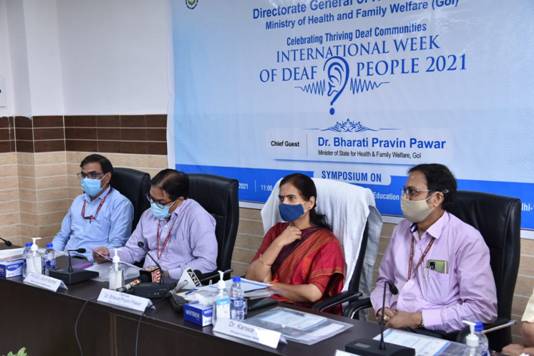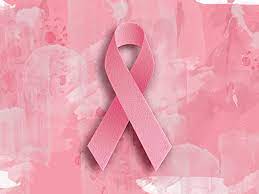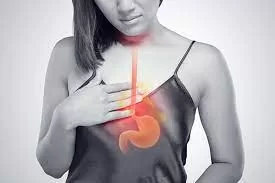Description of the outbreak
On 20 September 2022, the health authorities in the Republic of Uganda declared an outbreak of Ebola disease caused by Sudan ebolavirus (SUDV), after a case was confirmed in a village in Madudu sub-county in Mubende district, central Uganda on 19 September.
As of 26 October, a total of 115 confirmed and 21 probable cases, including 32 confirmed and 21 probable deaths (CFR among confirmed cases: 27.8%) have been reported. Overall, 15 cases with four deaths have been reported among healthcare workers.
As of 26 October, 1844 contacts were under surveillance in nine districts of the country. A cumulative total of 3166 contacts have been listed since the start of this outbreak, of which 1194 (37.7%) have completed the follow-up period of 21 days.
A total of 94 safe and dignified burials (SDB) have been undertaken since the beginning of the outbreak, of which 97.9% (n=92) were community burials.
Figure 1. Confirmed and probable cases of SVD by date of illness onset and outcome (dead/alive), 20 September – 26 October 2022.
The most affected district is Mubende, which has reported 54.7% (n=63) of all confirmed cases, and in particular Madudu sub-county with 21 confirmed cases reported (18.2% of all confirmed cases). Since the previous week (20 October 2022), two additional districts reported new cases, bringing the total number of affected districts to seven.
Table 1. Number of confirmed cases and deaths (confirmed and probable) of Ebola disease caused by SUDV, by District and Sub-County, as of 26 October 2022. 
Figure 2. Map of confirmed cases and deaths of Ebola disease caused by SUDV, by District, as of 26 October 2022.
Today’s Deals on Amazon
Public health response
For further information about the public health response in Uganda by the Ministry of Health, WHO and partners, please refer to the latest situation reports published by the WHO Regional Office for Africa: https://www.afro.who.int/countries/publications?country=879
Vaccine development
WHO initiated international consultations with vaccine developers to identify vaccine candidates against the Sudan ebolavirus that could be tested in randomized clinical studies in Uganda. Three candidate vaccines under consideration: cAd3, cAdOX1, and rVSV SUDV GP. The clinical study protocols are under review by the ethical and regulatory committees in Uganda.
At each stage of the clinical study, WHO prioritization committee will be reviewing evidence collected on the effectiveness and safety of the vaccine candidates to inform response activities.
Preparedness and operational readiness in neighboring countries
The Ministry of Health in the six neighboring countries (Burundi, the Democratic Republic of the Congo, Kenya, Rwanda, South Sudan, and the United Republic of Tanzania), in-country and international partners, and WHO are supporting Sudan Virus Disease (SVD) readiness actions. These include the activation of multi-sectoral coordination mechanisms for SVD; refresher training of rapid response teams; refresher laboratory training; activation/strengthening of community-based surveillance systems for SVD; community engagement and risk communication; reinforcement of points of entry (PoE) and assessment and reinforcement of case management capacities, among other activities.
Countries are requested to cascade the operational readiness activities to the sub-national levels in the high-risk districts/states to stop the introduction of SUDV into their communities. A new online readiness assessment tool to measure key performance indicators has been developed to quantify and document the functionality of the readiness capacities in multiple high-risk districts in Uganda and the six countries neighboring Uganda to facilitate real-time monitoring of the actual readiness status.
Additionally, readiness shall be assessed jointly by external stakeholders in these six countries. The Joint Assessment Missions (JAM) shall assess readiness at the national level as well as at the high-risk subnational level districts/states. The JAM reports will give a granular picture of readiness capacities across all pillars and throughout all subnational areas at risk.
WHO is developing a checklist for community readiness to support early detection and local containment through enhanced community-based surveillance and readiness actions at border areas and communities in neighboring countries.
WHO risk assessment
Uganda has experience in responding to outbreaks of Zaire ebolavirus and Sudan ebolavirus and necessary action has been initiated quickly. The current outbreak is the first outbreak of Sudan ebolavirus in Uganda since 2012. In the absence of licensed vaccines and therapeutics for prevention and treatment of Sudan virus disease, the risk of potential serious public health impact is high.
On 21 September 2022, WHO assessed the risk of this event as high at the national level and low at the regional and global levels. The WHO rapid risk assessment (RRA) will be revised in the coming days based on available and shared information; however, considering the geographical expansion of the SVD outbreak to urban settings, currently the risk can be assessed to be very high at the national level and high at the regional level and remaining low at the global level.
Today’s Deals on Amazon
WHO advice
Successful SVD outbreak control relies on applying a package of interventions, including clinical management, surveillance and contact tracing, a good laboratory service, implementation of IPC measures in health care and community settings, safe and dignified burials and community engagement and social mobilization.
Upon identification of a case, early initiation of supportive treatment has been shown to significantly reduce deaths from SVD.
WHO advises against any restrictions on travel and/or trade to Uganda based on available information for the current outbreak.
Further information
- WHO AFRO: Uganda declares Ebola Virus Disease outbreak
- WHO AFRO. Ebola Virus Disease in Uganda SitReps
- WHO AFRO. Outbreaks and Emergencies Bulletin, Week 42: 10 – 16 October 2022
- WHO. Ebola, Uganda, 2022
- Ministry of Health of the Republic of Uganda
- World Health Organization (26 September 2022). Disease Outbreak News; Ebola Disease caused by Sudan virus – Uganda. Available at: https://www.who.int/emergencies/disease-outbreak-news/item/2022-DON410
- Ebola virus disease fact sheet
- Optimized Supportive Care for Ebola Virus Disease. Clinical management standard operating procedures. WHO. 2019.Personal protective equipment for use in a filovirus disease outbreak: rapid advice guideline
- World Health Organization. (2021). Framework and toolkit for infection prevention and control in outbreak preparedness, readiness and response at the national level. World Health Organization. https://apps.who.int/iris/handle/10665/345251. License: CC BY-NC-SA 3.0 IGO
- ICD-11 2022 release
- Kuhn JH, Adachi T, Adhikari NKJ, et al. New filovirus disease classification and nomenclature. Nat Rev Microbiol. 2019;17(5):261-263. doi:10.1038/s41579-019-0187-4
Citable reference: World Health Organization (28 October 2022). Disease Outbreak News; Ebola disease caused by Sudan Ebola virus – Uganda. Available at: https://www.who.int/emergencies/disease-outbreak-news/item/2022-DON421














